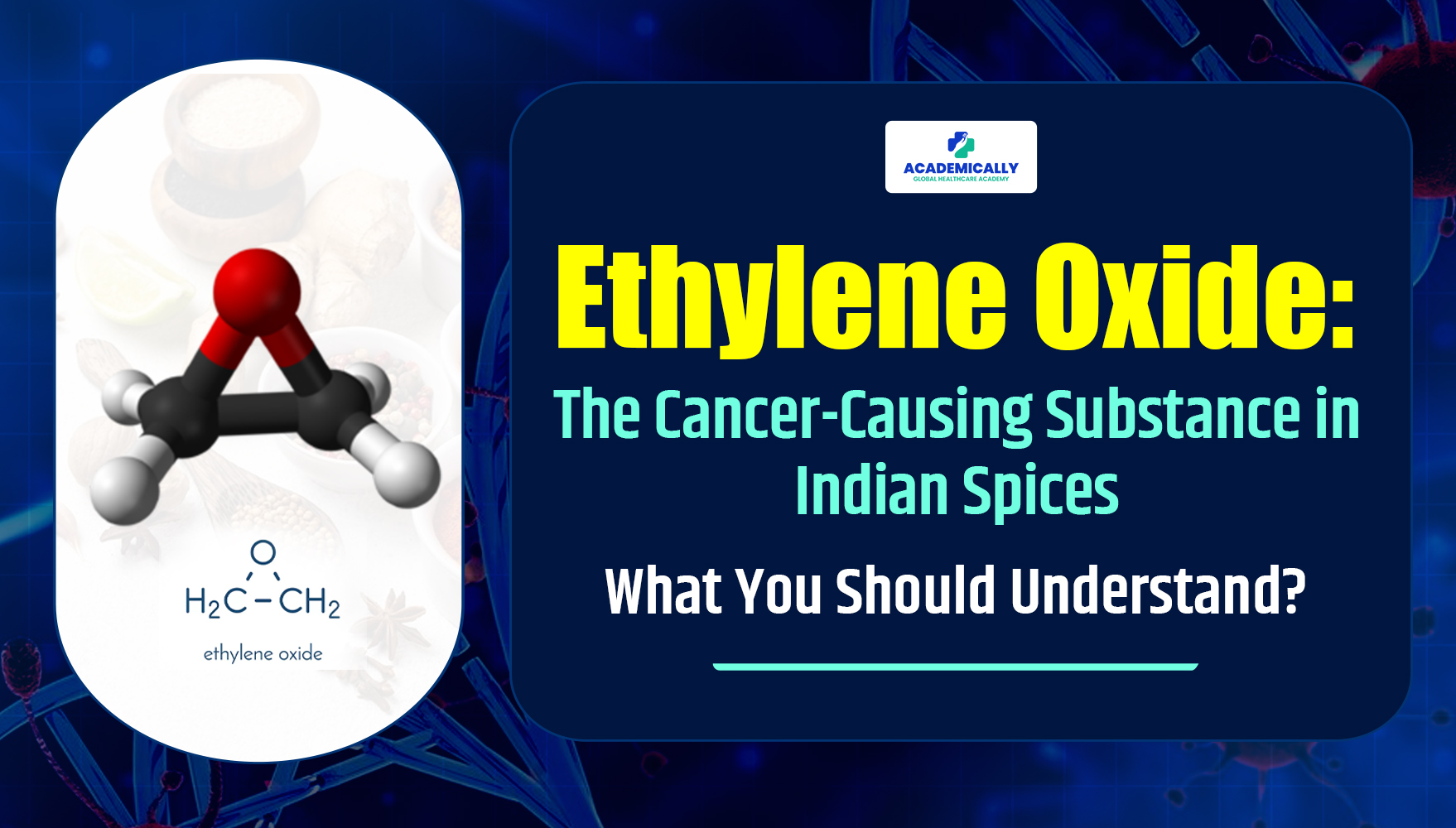Understanding Ethylene Oxide
Ethylene oxide (EtO) is a versatile compound with a range of industrial applications. This flammable, colourless gas emits a sweet odour and is utilised in the production of various chemicals, including antifreeze.
Its remarkable properties extend to sterilising medical equipment and serving as a pesticide when used in smaller quantities. This is attributed to its remarkable ability to damage DNA, rendering it effective in killing bacteria, viruses, and fungi. Its reactivity allows it to disrupt cell membranes and exterminate organisms, making it indispensable in industries such as plastics manufacturing and chemical production.
Why is Ethylene oxide used in food?
Ethylene oxide (EtO) is commonly employed as a sterilising agent to effectively control microbial populations, thereby preventing food spoilage. By disrupting the reproductive mechanisms of microorganisms, EtO ensures the preservation of food quality. Its gaseous form facilitates permeation into breathable packaging, reaching items requiring sterility assurance. The sterilisation process targets yeasts, moulds, and bacteria (both vegetative and spore formers), significantly prolonging the shelf life of food products.
However, when EtO-treated food is not adequately aerated, it may leave behind residues, leading to the formation of toxic compounds like 2-Chloroethanol (2-CE), Ethylene Chlorohydrin (ECH), and Ethylene Glycol (EG).
Health Risks of Ethylene Oxide
Ethylene Oxide in Indian Spices
Ethylene oxide poses serious health risks, including its potential to cause cancer, organ damage, and a range of adverse health effects. Exposure to this compound has been associated with spontaneous abortion, genetic damage, nerve damage, peripheral paralysis, muscle weakness, and cognitive impairment. The recent discovery of ethylene oxide in Indian spices has heightened concerns about the safety of consuming contaminated products. While it may be used in spice fumigation to combat microbial contamination and prolong shelf life, its presence, even in minute quantities, raises significant alarms due to its carcinogenic nature.
Safer Alternatives to Ethylene Oxide
The urgency of finding safer alternatives to ethylene oxide in food processing is high, stressing the importance of substances like ozone, hydrogen peroxide, and heat treatments. This also highlights the significance of improving hygiene and storage conditions during production, reducing reliance on chemical sterilants.
Implementing Good Manufacturing Practices (GMP) and Hazard Analysis Critical Control Point (HACCP) systems are vital steps in minimising microbial contamination risks. Additionally, innovative technologies such as cold plasma, pulsed light sterilisation, and high-pressure processing offer non-chemical methods to effectively reduce microbial load, ensuring food safety without harmful residues.
Final Words
Ethylene oxide, a carcinogenic compound found in certain Indian spices, highlights the complex intersection of food production, safety regulations, and public health. As efforts continue to address this issue and mitigate potential risks, it's essential for consumers to stay informed, exercise caution, and advocate for transparent food labelling and safety practices. By working together, we can navigate challenges related to food safety and ensure the well-being of individuals and communities worldwide.
Such topics make an important part of the AMC and other medical examinations. To dive deep into preparation of any global medical exam and learn the important topics by heart, get in touch with our team today!

